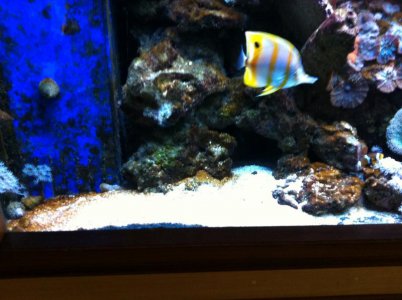Looking for some advice. I am not getting the n/p reduction I was looking for. I'm using BRS pellets, up to full quantity recommended, in a Octopus 110 reactor. I have perfect slow tumble. I have an ATB elegance skimmer, with the reactor flowing directly into skimmer. I'm still running gfo and carbon as I am concerned about n/p levels rising without.
I have been running these for three months, and I'm still reading somewere between 25-50 on Salifert nitrate(which is where I started). Po4 has been .06 with gfo(which is where I started). I'm currently feeding on one day pellets twice and the next day pellets and frozen, so I don't think my feeding is excessive. I recently used a bottle of mb7 to try and kick start these pellets, and am still not getting any noticeable skimmer increase.
What is going on, why am I not getting any results? Should I add more pellets?

